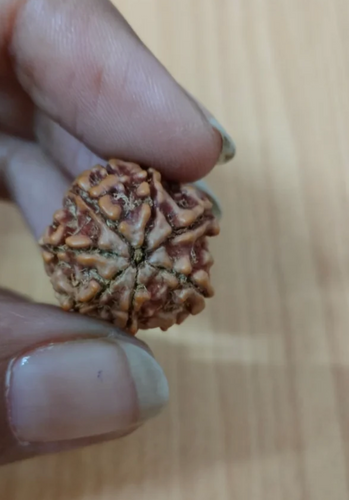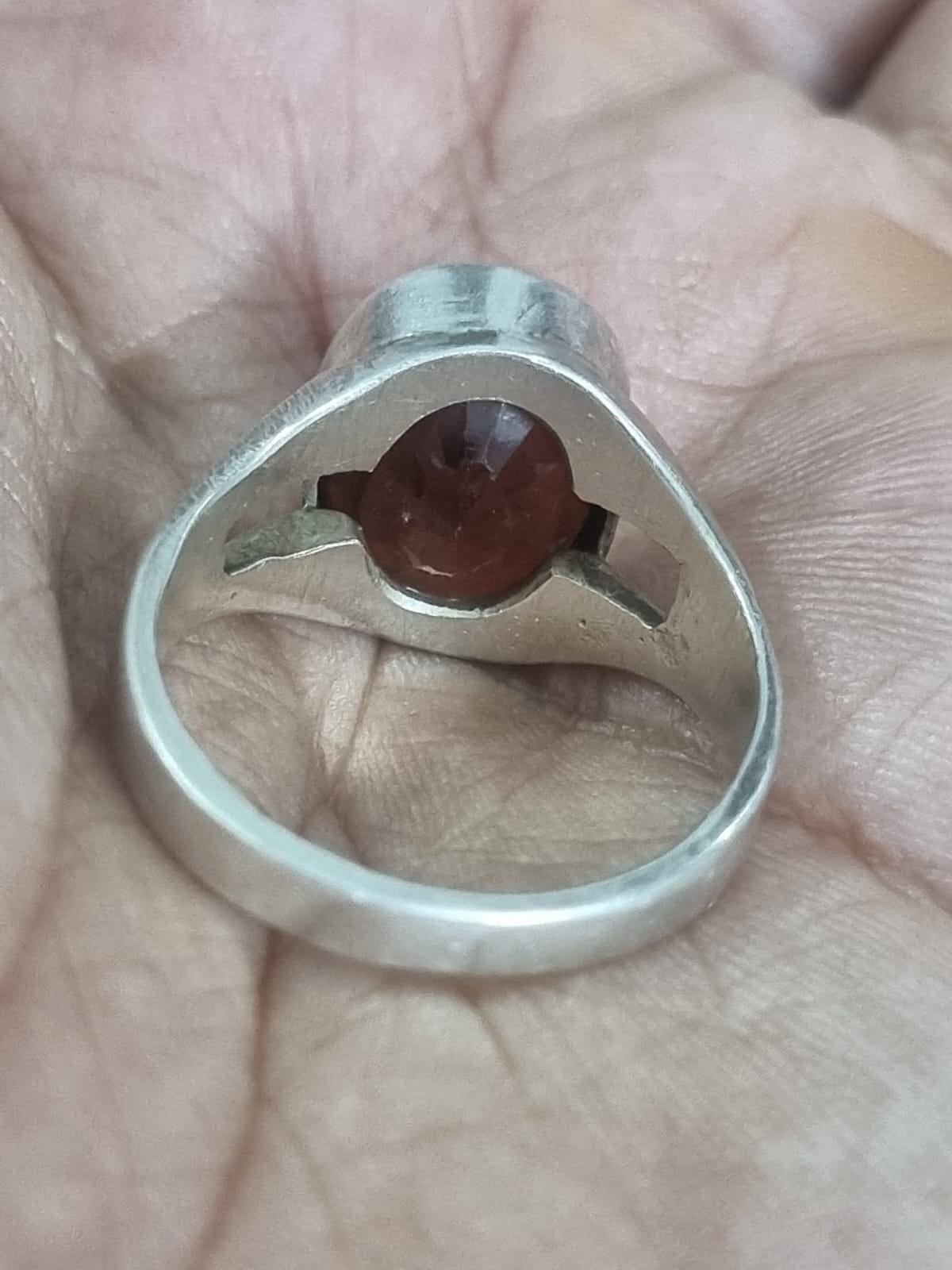Does Real Rudraksha Sink in Water?

Does Real Rudraksha Sink in Water? A Guide to Identifying Genuine Rudraksha
Rudraksha beads are revered in Hinduism and other spiritual practices for their profound spiritual and healing properties. As the demand for Rudraksha beads grows, so does the need to distinguish genuine beads from fake ones. One of the most commonly recommended methods to verify the authenticity of Rudraksha is the water test. But does a real Rudraksha sink in water? In this blog post, we will explore how this water test works and whether it is a reliable method for identifying genuine Rudraksha beads.
What Is a Rudraksha?
Rudraksha is a sacred bead that grows on the Rudraksha tree, primarily found in regions of India, Nepal, Indonesia, and parts of Southeast Asia. The bead is highly valued in spiritual practices, particularly in Hinduism and Buddhism, and is believed to have numerous physical, mental, and spiritual benefits. Rudraksha beads are often classified by the number of natural segments or "mukhis" they have on their surface, each having unique properties and benefits.

Why Is There a Need to Verify Genuine Rudraksha?
With the rising popularity of Rudraksha for spiritual and healing purposes, counterfeit beads have become more common in the market. These fake Rudraksha beads may not provide the same benefits as authentic ones, making it essential for buyers to be able to identify genuine Rudraksha.
Does a Real Rudraksha Sink in Water?
One of the most well-known methods for testing the authenticity of a Rudraksha bead is the water test. According to popular belief, a real Rudraksha bead should sink when placed in water, while a fake one (often made from wood or other materials) will float.
How to Perform the Water Test
Here’s a step-by-step guide on how to conduct the water test to check the authenticity of your Rudraksha bead:
- Prepare a Glass of Water: Fill a glass or bowl with water at room temperature.
- Place the Rudraksha in the Water: Gently drop the Rudraksha bead into the water.
- Observe the Results: Watch whether the Rudraksha sinks to the bottom or floats on the surface.
Interpreting the Results
- Sinks in Water: A Rudraksha bead that sinks to the bottom of the glass is commonly believed to be genuine.
- Floats on Water: A Rudraksha that floats on the surface is often considered fake or tampered with.
Is the Water Test Always Reliable?
While the water test is a popular and easy method, it is not foolproof. Several factors can influence whether a Rudraksha sinks or floats, and relying solely on this method may not always give accurate results. Here’s why:
- Natural Variations: Genuine Rudraksha beads come in different sizes, densities, and structures. Some authentic Rudraksha beads may naturally float due to their density and size.
- Tampering: Some fake Rudraksha beads are artificially weighted to ensure they sink during the water test, misleading buyers into thinking they are genuine.
- Age and Preservation: The age of the Rudraksha, how it was preserved, and whether it has been oiled or treated can affect the results of the water test. An older Rudraksha bead may behave differently from a freshly harvested one.
Therefore, while the water test can offer some insights, it should not be the only method used to verify the authenticity of a Rudraksha bead.

Other Methods to Identify a Genuine Rudraksha
1. Examine the Bead's Mukhis
The number of mukhis (or natural segments) on a Rudraksha is one of the key indicators of authenticity. Genuine Rudraksha beads have clearly defined mukhis, which are natural lines running vertically across the surface of the bead. Check to ensure that the mukhis are continuous and not artificially carved.
2. X-ray Test
An X-ray test is a more scientific method to check the authenticity of a Rudraksha. A genuine Rudraksha will have a specific internal structure, with compartments corresponding to its mukhis. The X-ray will show whether the bead has the natural seed formation that indicates authenticity.
3. Weight Test
Genuine Rudraksha beads are typically denser and heavier than fake or artificial ones. Hold the Rudraksha bead in your hand, and compare its weight with other beads. If it feels light or unnaturally hollow, it may be a sign of a counterfeit bead.
4. Lab Certification
For complete peace of mind, consider purchasing Rudraksha beads that come with a certificate of authenticity from a reputable gem or Rudraksha certification lab. These labs use advanced testing methods to verify the bead's authenticity, including X-ray analysis and other scientific tests.
Conclusion: Does Real Rudraksha Sink in Water?
The water test is a popular method for testing the authenticity of a Rudraksha bead, and in many cases, a genuine Rudraksha will sink in water. However, due to the natural variations in density, size, and preservation, the water test should not be considered an absolute measure of authenticity. Combining the water test with other verification methods, such as examining the bead’s mukhis, weight, and obtaining a lab certification, is the best way to ensure that you have a genuine Rudraksha.
Buy Original Rudraksha at Vedic Crystals website
For more information about Vedic Crystals and our range of gemstones and rudraksha beads, visit Vedic Crystals website or contact us at contactus@vediccrystals.com/ or click here to chat
Also if you found this article useful , please share it with someone who might need it.
Moreover, in case you want a additional 5% discount coupon on our entire range of gemstones and Rudraksha : Please comment "Interested" below.
-------------------------
Keywords: Does real Rudraksha sink in water, Rudraksha authenticity test, water test for Rudraksha, how to test Rudraksha, genuine Rudraksha verification.











